Sony X85L is a model from 2023 that will continue to be offered in 2024 by the Japanese manufacturer. Its biggest advantage is the Google TV system. It currently provides the greatest access to applications, so we don't have to fear that any of our favorite apps will be missing. The intuitive interface and voice control feature via Google Assistant make daily use of the television convenient and modern. In terms of picture quality, Sony X85L performs well. Thanks to local dimming (albeit with a very average number of zones), black looks really decent. Additionally, its quite high brightness allows for comfortable TV viewing during the day, even in well-lit rooms. Moreover, the television offers the ability to record programs from built-in tuners, which is a great convenience for those wanting to control what and when they watch. In terms of motion fluidity, the X85L also does not disappoint. The 120 Hz panel and Motionflow system provide smooth display of dynamic scenes, pleasing both movie buffs and sports fans. The TV is also equipped with a range of features for gamers, including VRR, Game Bar, and G-Sync support, making it an attractive choice for gaming enthusiasts. Of course, the television is not without its drawbacks. The lack of HGiG support and high input lag in Dolby Vision mode can be disappointing for more demanding gamers. Additionally, the compromise between font readability and image fluidity when connected to a PC may not appeal to everyone. Nevertheless, Sony X85L is decent equipment, particularly worth noting if it can be purchased on promotion.
- Matching (Score)
- Our verdict
- TV appearance
- Where to buy
- Contrast and black detail
- HDR effect quality
- Factory color reproduction
- Color reproduction after calibration
- Smoothness of tonal transitions
- Image scaling and smoothness of tonal transitions
- Blur and motion smoothness
- Console compatibility and gaming features
- Input lag
- Compatibility with PC
- Viewing angles
- TV efficiency during daytime
- Details about the matrix
- TV features
- Apps
- Playing files from USB
- Sound
Sony X85L vs Hisense E8Q
Direct compare
X85L
E8Q

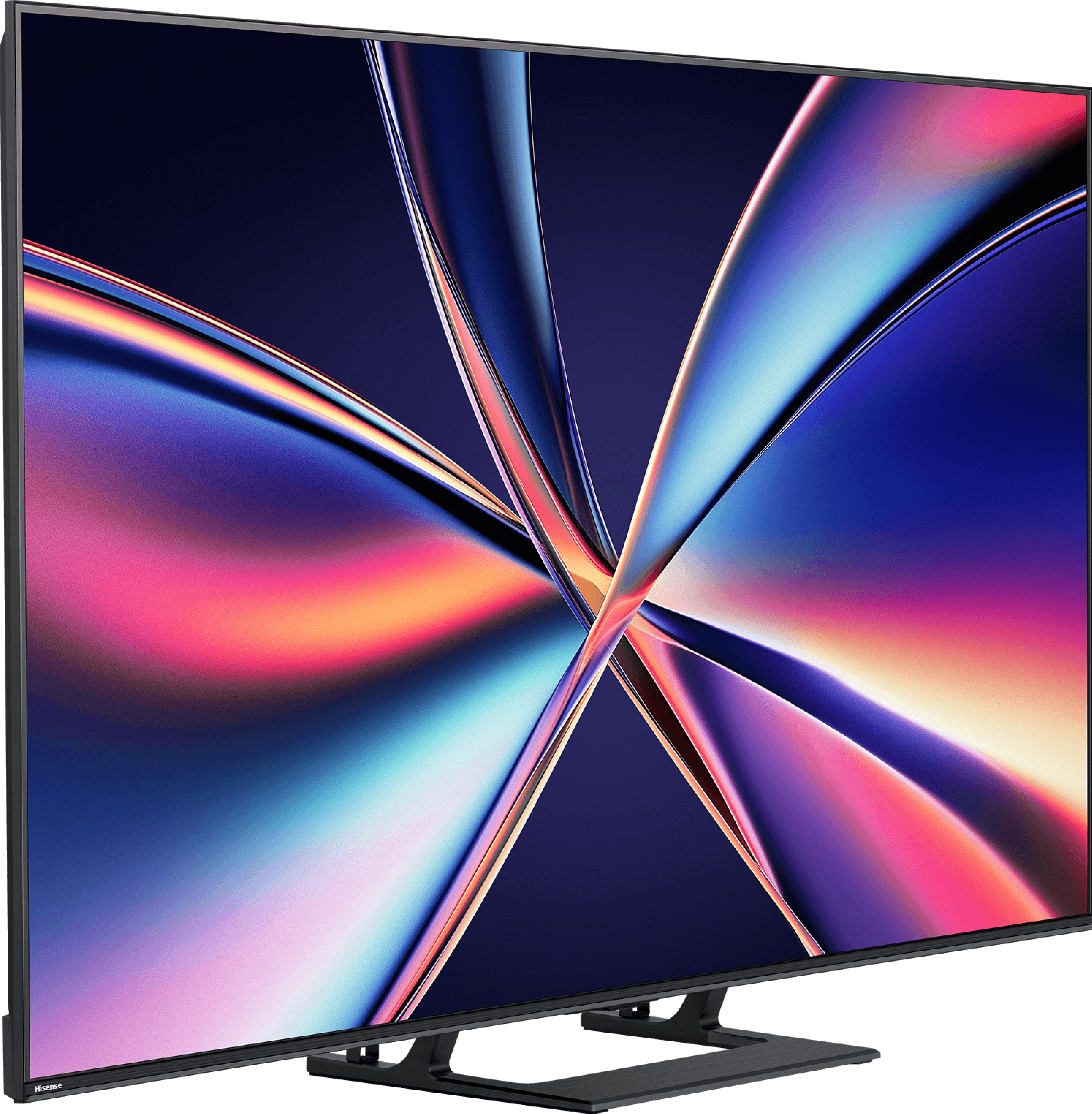
Resolution: 3840x2160
System: Google TV
Model year: 2023
Complete the survey to find out the result

Panel type: LCD VA
Resolution: 3840x2160
System: VIDAA
Model year: 2025
Complete the survey to find out the result

Overall rating
6.9
7.0
Movies and series in UHD quality
6.3
6.7
Classic TV, YouTube
6.3
6.8
Sports broadcasts (TV and apps)
6.6
6.5
Gaming on console
7.8
8.0
TV as a computer monitor
5.6
8.6
Watching in bright light
6.5
6.2
Utility functions
7.8
8.9
Apps
9.6
7.7
Sound quality
6.9
5.5
Complete the survey to find out what fits your preferences
Advantages
Expanded Google TV System
Good contrast
Good brightness
Features for gamers - VRR, Game Bar, and G-Sync
Base with adjustable legs
Great contrast and deep black
Very good fluidity of tonal transitions (close to reference level)
High brightness
Support for 4K 144 Hz and even 240 Hz in Full HD
VRR, ALLM, G-SYNC – a complete package for gamers
Low input lag
Many classic TV features built into the VIDAA system
Disadvantages
No support for HGiG, Dolby Vision with high input lag
Font readability issues on PC at 120 Hz
Only 2 HDMI 2.1 ports - one of which serves as eARC
No support for HGiG (makes HDR setup difficult on consoles)
U7Q
Our verdict
The Hisense E8Q is a television that clearly draws heavily from the U7Q model – and that's a good thing. After all, it is its European version, not another "diet" mutation. Just a few moments with this screen reveal that the E8Q is trying to impress. And in many ways, it really succeeds. Right off the bat – what stands out: the black is deep, the contrast is high, and the brightness exceeds the threshold that we can simply call satisfying. Let's add to that almost perfect smoothness in tonal transitions, and we have an image that looks very mature, especially for this price segment. In gaming? Just as good. It supports VRR, ALLM, 144 Hz in 4K, and even 240 Hz in Full HD – it's hard to find fault here. Well… almost. Because the E8Q has one additional flaw compared to the U7Q – the sound. In our unit, even at moderate volume levels, the back of the casing started to resonate, generating quite unpleasant crackling noises. This might be a flaw in the test sample, but since the U7Q simply performed better – it's worth noting. Especially if you find both models at a similar price. We can confidently state that the E8Q is a television that can boldly compete for the attention of those looking for a quality Mini-LED at a reasonable price. If a good deal comes along, it's definitely worth it – because we get almost the same as with the U7Q. And that means a really solid picture, excellent gaming features, and overall very good equipment that you can stick with for a long time.
TV appearance




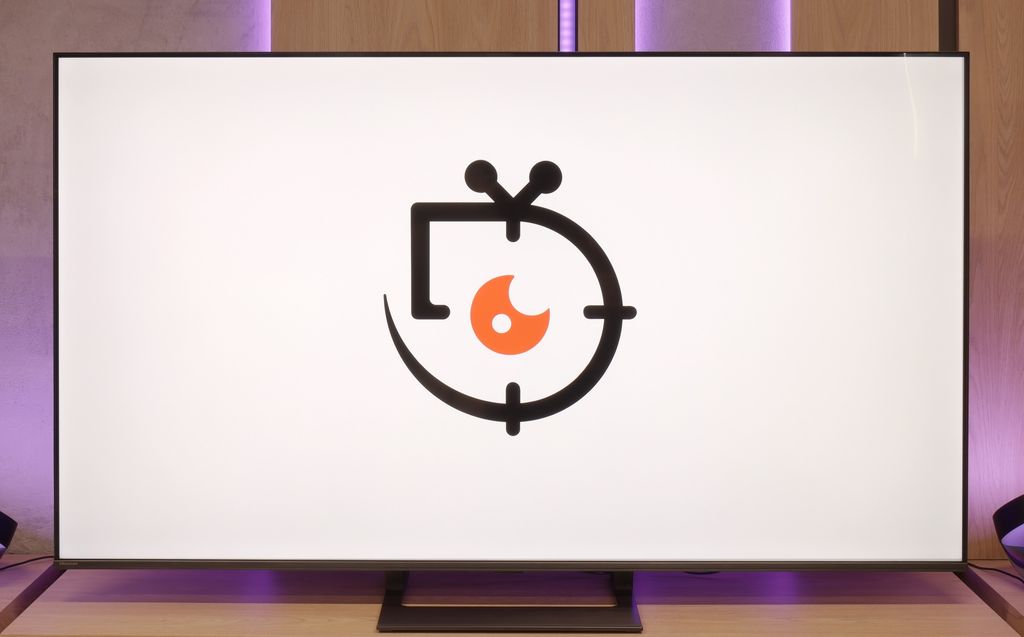
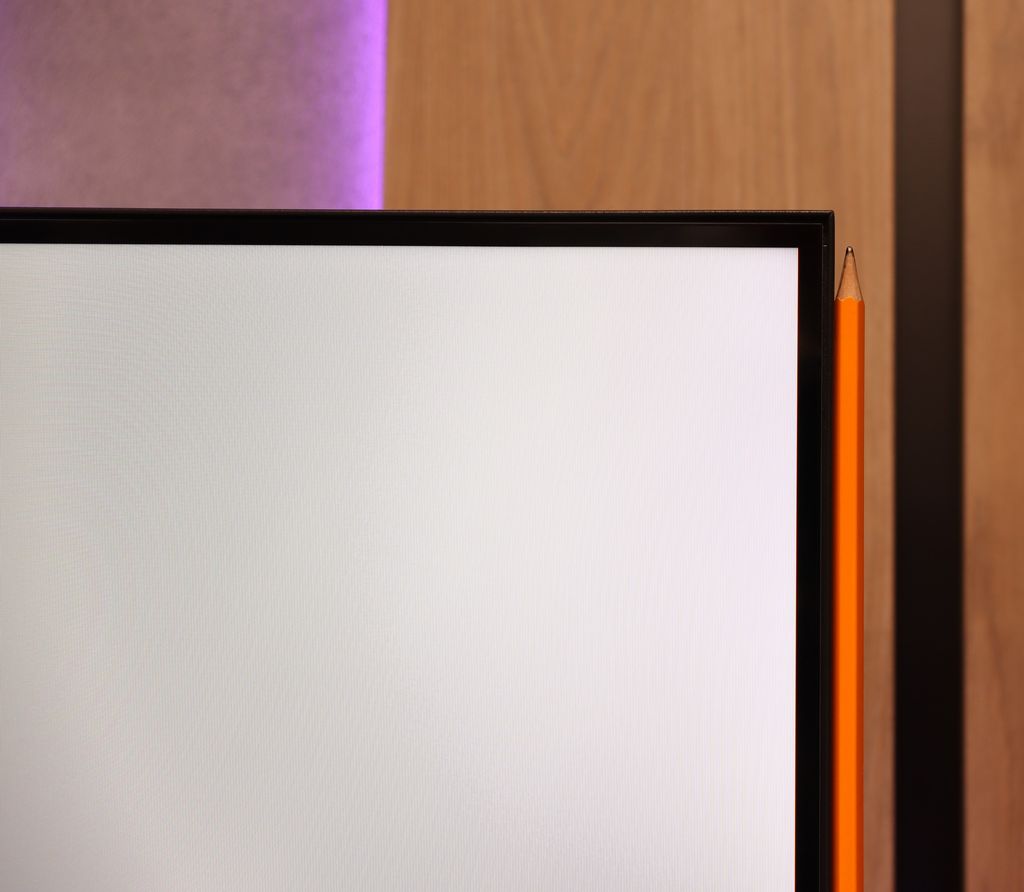
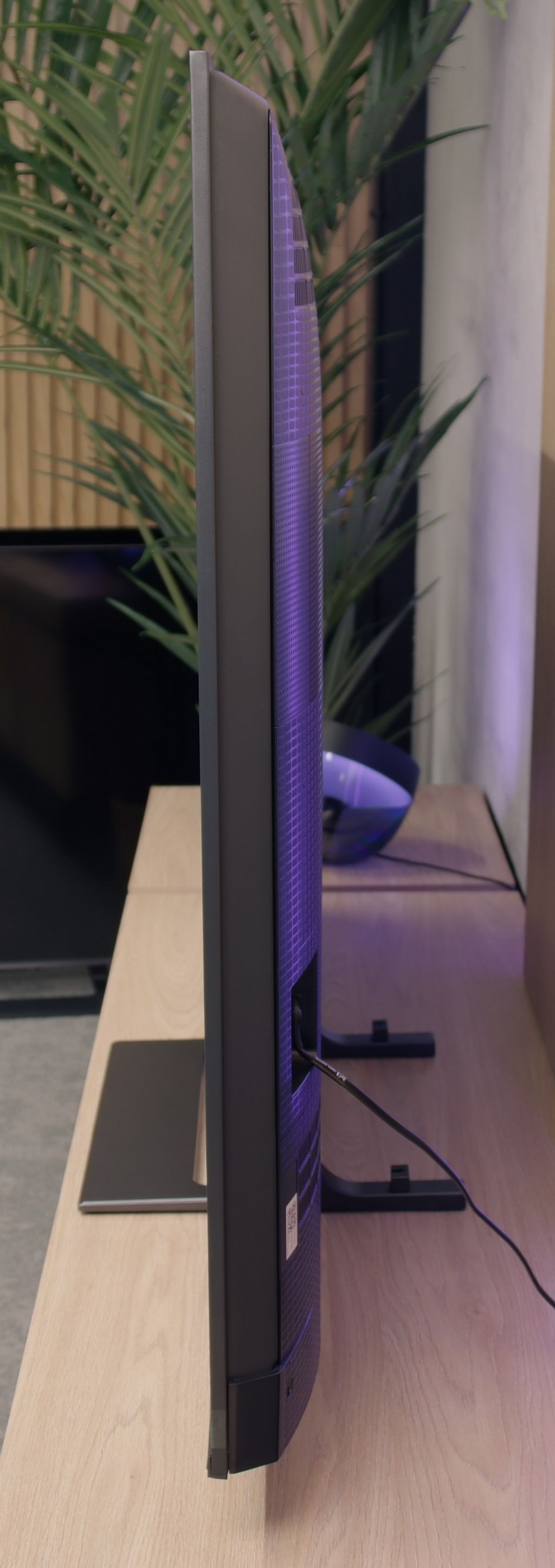
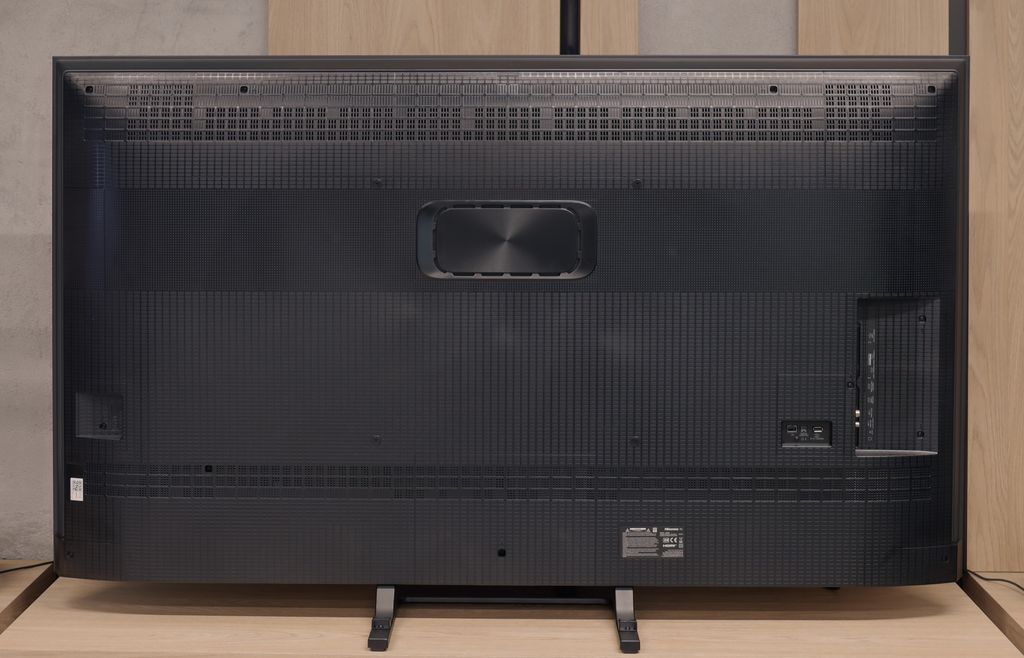
Contrast and black detail
6.7/10
7.6/10
Local dimming function: Yes, number of zones: 24 (4 x 6)
Local dimming function: Yes, number of zones: 220 (10 x 22)
Contrast:

Result
8,700:1

Result
7,800:1

Result
19,200:1

Result
5,750:1

Result
5,150:1

Result
277,000:1

Result
43,700:1

Result
15,750:1

Result
8,850:1

Result
6,350:1
Halo effect and black detail visibility:

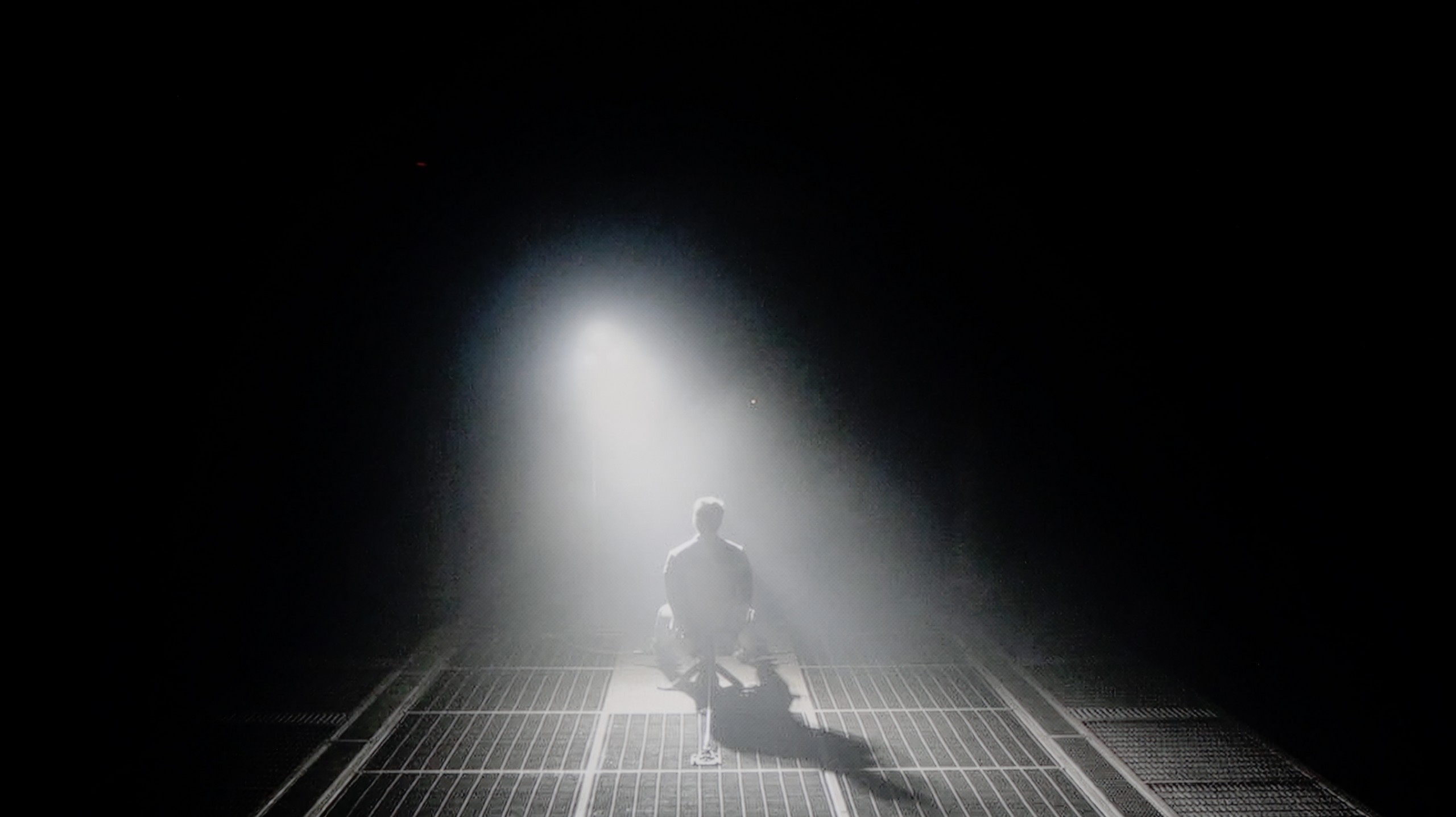
The Sony X85L TV is equipped with a VA panel, which in itself offers quite good contrast. Additionally, this model features local dimming technology – in the 55-inch version, it includes 24 zones. Although this number is not impressive, it naturally increases with the size of the TV. The contrast in the X85L is good, though not the best, especially in comparison to other TVs also equipped with advanced local dimming technology. Results at the level of 8000:1 are satisfactory, but they appear average against the competition. In some cases, such as the third scene from the movie Arrival, the contrast is promising and performs quite well. This is thanks to the very good dimming algorithm that Sony has been using in its TVs for years. Unfortunately, due to the limited number of local dimming zones, the TV suffers from noticeable blooming, which can be seen, for example, in scenes with the helicopter from the movie Sicario 2.
Similarly to the U7Q, the E8Q model uses a VA panel and Mini-LED backlighting. The number of dimming zones also remains at a very similar level – in the 65-inch variant we tested, we counted 220 zones, which is exactly the same as in the U7Q. On paper, this looks really good for this price segment, but even better – in practice. The contrast is high, and black can be really deep. In many scenes, the lights are clearly separated, and the image gains in spaciousness. This is one of those cases where Mini-LED shows it can approach the quality of OLEDs – provided that we are aware of the limitations we need to consider. In very difficult scenes, there may be slight lightening or minor halo effects around bright objects, but these are phenomena typical of this technology and are not very noticeable. Ultimately – the contrast and blacks in the E8Q are really solid, almost identical to those in the U7Q model. It’s hard to find fault with this, especially when we look at the price of the television.
HDR effect quality
5.5/10
4.5/10
Luminance measurements in HDR:

Result
736 nit

Result
415 nit

Result
535 nit

Result
249 nit

Result
599 nit

Result
531 nit

Result
148 nit

Result
320 nit

Result
100 nit

Result
625 nit
Scene from the movie “Pan” (about 2800 nits)


Scene from the movie “Billy Lynn” (about 1100 nits)


Static HDR10


Dynamic: Dolby Vision
Dynamic: Dolby Vision


HDR luminance chart:
Hisense E8Q
Luminancja HDR
Luminance of RGB colors
Sony X85L
Luminancja HDR
Luminance of RGB colors
The Sony X85L TV offers solid HDR performance with a brightness level of 750 nits, which is sufficient to enjoy vivid effects. In scenes of moderate difficulty, such as the first, third, or fifth test scenes, a brightness of around 600 nits allows one to fully experience the HDR effect. Unfortunately, in more demanding segments, such as the scene from the movie Sicario 2, the TV shows its limitations. Drops in brightness to 250 nits make the HDR effect lose its impressive quality and resemble regular SDR instead. Nevertheless, it is worth highlighting the very good coverage of the DCI-P3 color palette at 95%, which definitely deserves praise and positively affects the overall image quality.
Since the E8Q is a twin of the U7Q, it’s no surprise that the quality of the HDR effect is almost identical. On paper, it looks promising – a peak brightness of 800 nits can impress in many scenes. Fragments like the flashes of light in “The Meg” or shots of the sun in “Life of Pi” can indeed evoke a “wow” effect. But the longer we watch, the more we notice the limitations. The problem arises when small, bright details are supposed to be displayed on a dark background. In such situations, the dimming algorithms try to preserve contrast but end up dimming what should shine the brightest. Instead of dazzling details, we get almost invisible points of light. This is typical for Mini-LED in this price segment and is not surprising – but it’s worth knowing that the HDR effect won't always be fully preserved. Fortunately, the color reproduction offers reasons to be satisfied. A coverage of the DCI-P3 color gamut at around 94% is a very good result, and the applied quantum dot layer (more specifically, PFS) does its job – colors are saturated and vibrant, especially with 4K content.
Factory color reproduction
5.8/10
6.5/10


Factory Mode
After calibration
The Sony X85L television was tested in IMAX Enhanced mode, which, although associated with world-class cinema, does not guarantee an image that aligns with the director's vision. The main issue is the white balance – there is a noticeable strong dominance of blue color and significant lack of red. As a result, the image becomes unnaturally cool and appears artificial. The color reproduction errors were confirmed by the Colour Checker test, which showed significant discrepancies – colors were "scattered" like shots from a rifle, and only a few samples hit the target values. This clearly shows that the precision of color reproduction leaves much to be desired.
The brightness of the image is one of the positive features of the TV. The gamma for HD content is at an acceptable level, although there are minor errors, but generally, it is quite good. However, the brightness characteristics for 4K materials remain an issue, controlled by the EOTF curve. It is evident that very small, bright elements of the image are too dim, which is a result of the limited number of dimming zones due to the design of the television.
Testing the Hisense E8Q in Filmmaker mode, we were hoping for a neutral image close to the director's vision. Unfortunately - although on paper it doesn't look bad (the color reproduction errors are not significant), in practice the image feels somewhat unnatural. The reason? Too strong an increase in blue and a lack of red in the white balance. The effect? The scenes look cool, and the white appears slightly bluish. Alongside the U7Q model, we also noticed a specific approach to brightness management here. The brightness reproduction curve for HDR content (EOTF) shows that the TV can significantly dim small, bright elements of the screen to maintain contrast - but sometimes it goes too far. On the other hand, it can excessively brighten larger, very bright parts, which disrupts tonal balance. This is a compromise that may not suit everyone – especially if you want an as faithful image as possible right out of the box.
Color reproduction after calibration
7.5/10
7.4/10



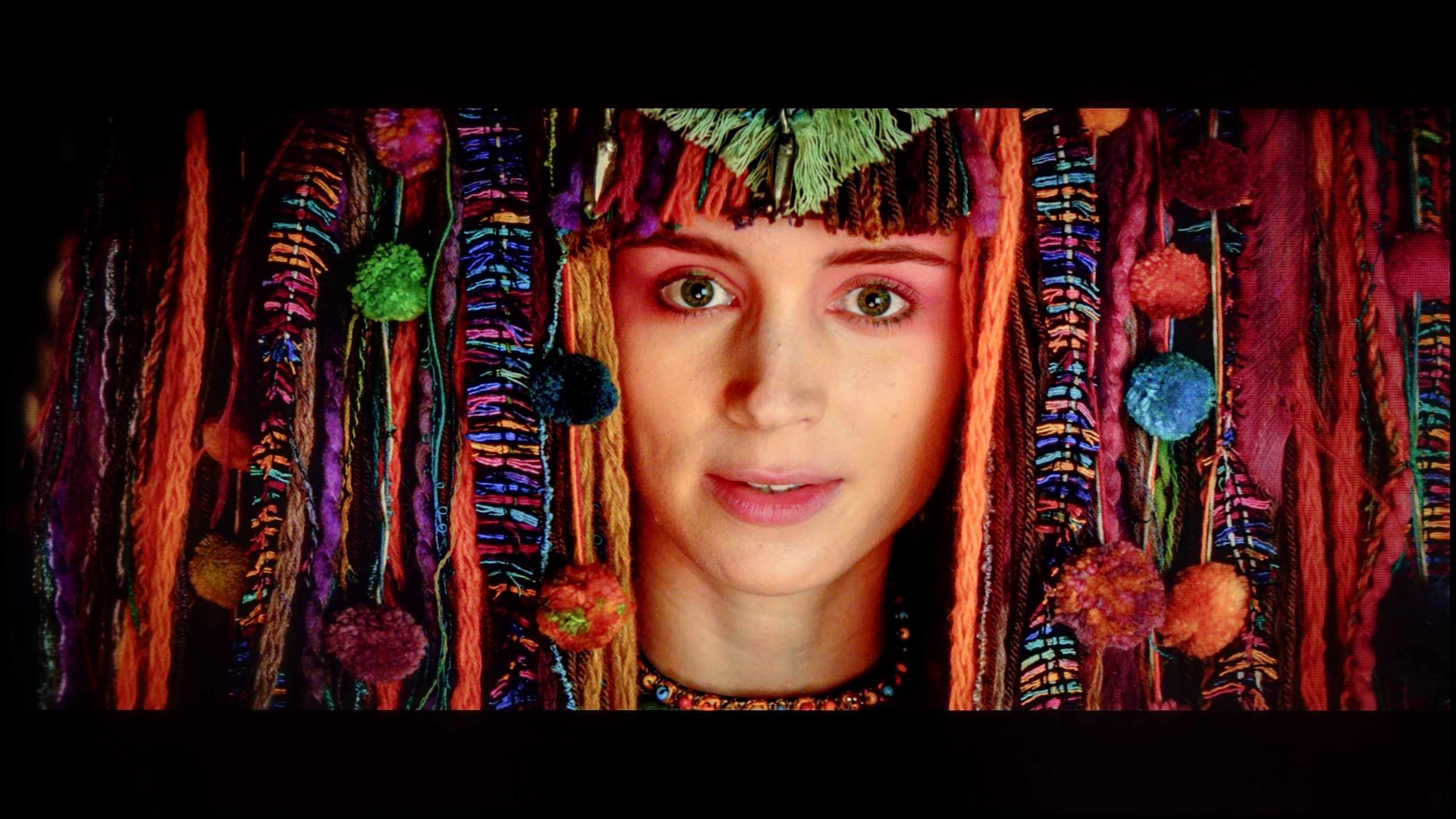
Thanks to the use of calibration tools offered by Sony X85L, the image quality has been significantly improved. After calibration, the white balance for HD content is much more stable, making colors look more natural and the image gains authenticity. Although it is not perfect, these changes allow viewers to enjoy a more realistic representation of colors, eliminating the earlier cool tone. The gamma, which already performed decently, has been adjusted to an even better version. As a result, tonal transitions and brightness are more consistent, positively affecting the depth and detail of the image.
As for 4K content, despite efforts, the white balance still struggles with a deficiency of red, which can result in overly warm colors in some scenes. Synthetic tests showed that the EOTF curve in HDR is quite stable, with a slight boost in mid-bright scenes. However, in real film materials, the TV can still be too bright with fine, light details, which is a result of the limitations of large local dimming technology.
Nonetheless, calibration has brought significant benefits, particularly in color accuracy, improving overall image quality and providing a more natural and cohesive directorial vision.
The calibration of the Movie mode brought really good results, especially regarding SDR content. The white balance was successfully adjusted, which gave the image a natural look – it appeared almost reference-level. The colors were well-saturated, and the overall perception of the content improved significantly. Unfortunately, when we moved to HDR materials, the well-known problems from the U7Q model returned. The TV still tends to “do things its own way,” which is evident from the analysis of the EOTF brightness characteristic – despite calibration, the E8Q still dimmed small details in the shadows, while the bright areas of the screen could sometimes be excessively boosted. In practice, this means that in darker scenes, some of the tiniest details could simply disappear. Although it must be admitted that the entire calibration process brought a lot of good, not everything can be circumvented – even with the use of professional tools. The E8Q can impress with its picture, but in HDR content, its design limitations become noticeable, and it is worth keeping this in mind.
Smoothness of tonal transitions
7.1/10
9.9/10





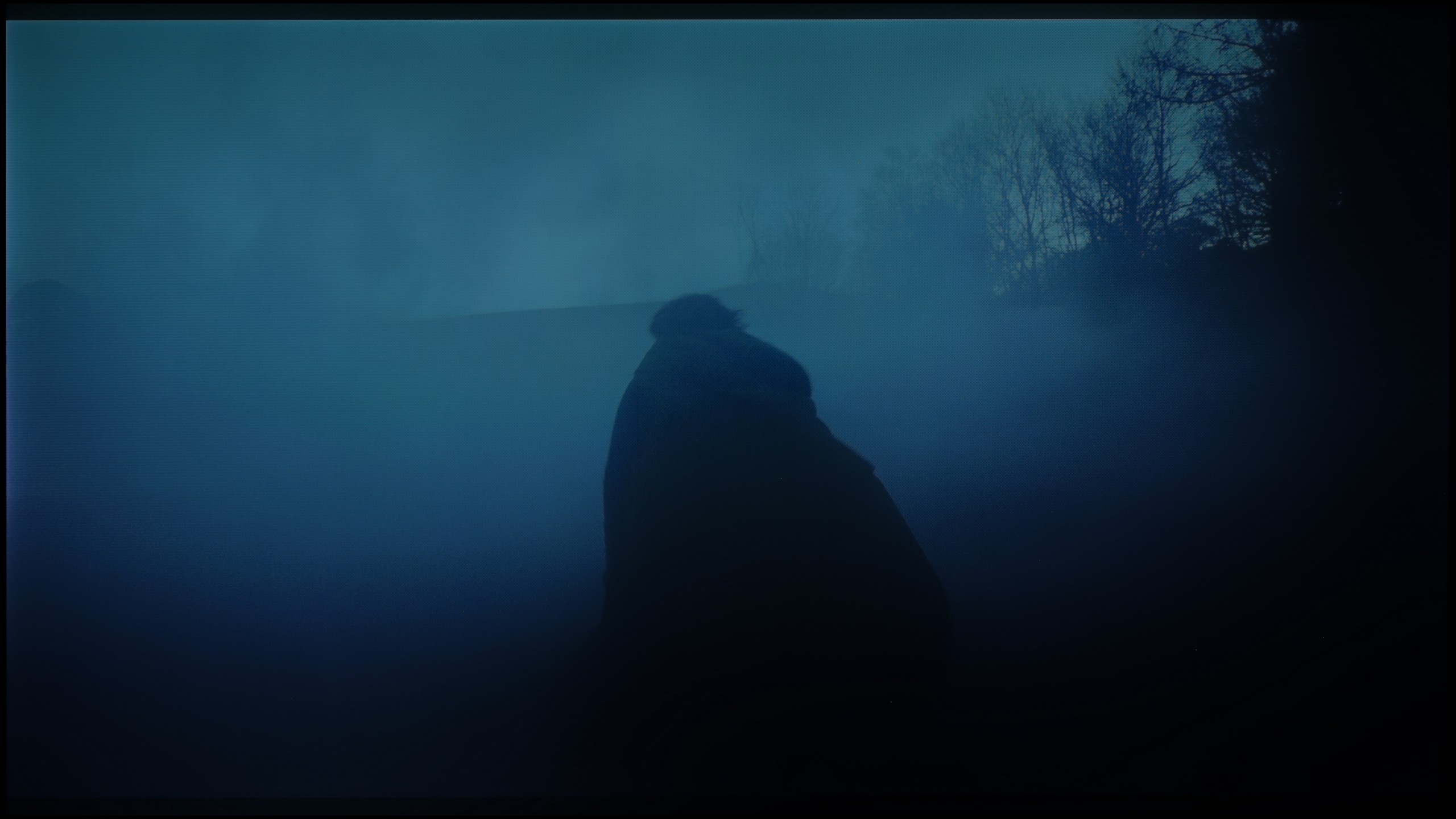

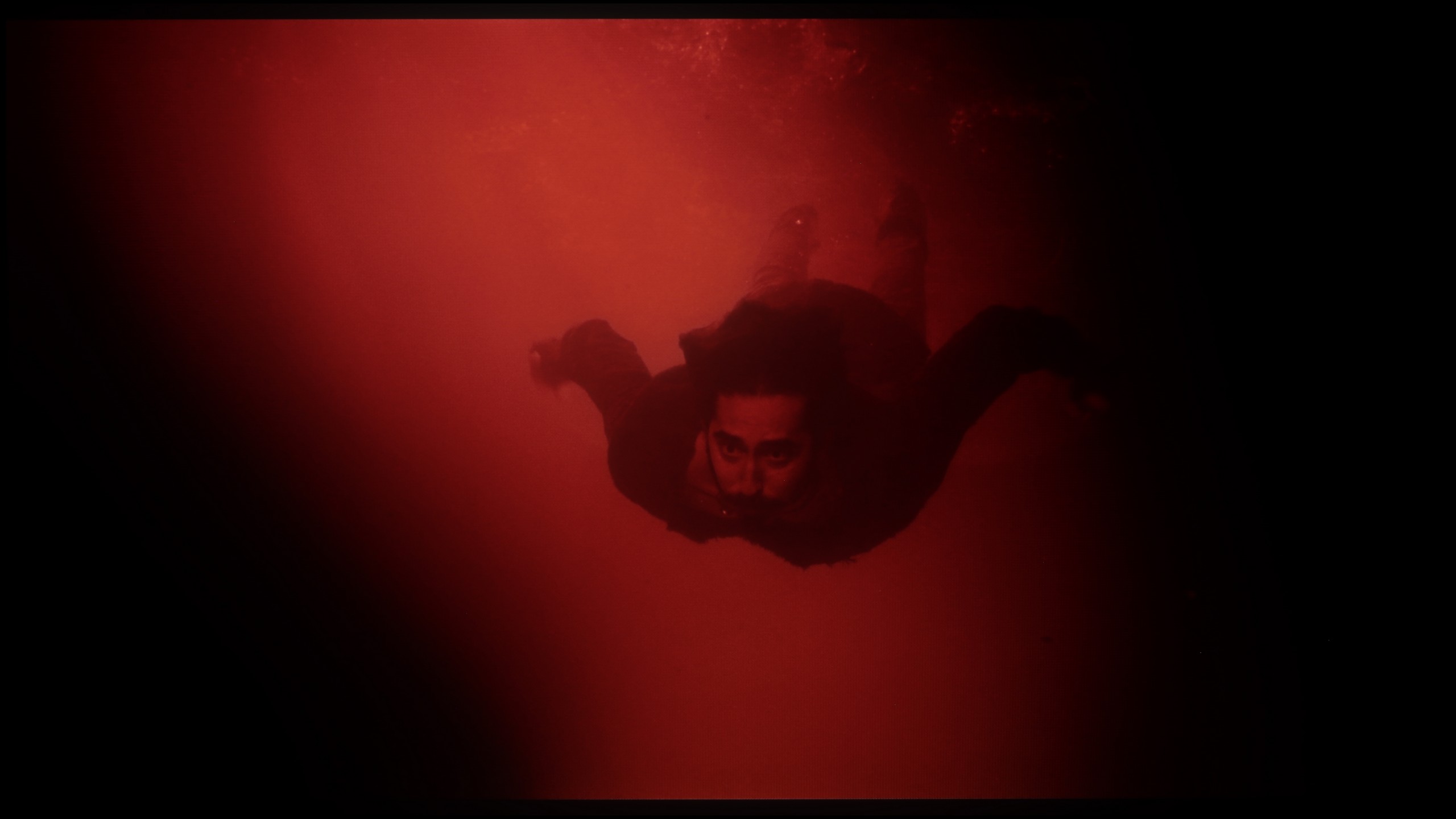




The fluidity of tonal transitions in the Sony X85L is at a good level – the color gradation is smooth, even in more demanding areas, which makes the perception of scenes positive and natural. The biggest problems occur in the shadow areas, where subtle color blends may be visible. Nevertheless, the television performs well enough that most viewers should not notice these minor imperfections.
In this category, the Hisense E8Q truly shows its class. The transitions between colors are very smooth, with no "banding" or clear boundaries between tones. The image looks natural, and the color gradient is exceptionally well-executed – even in more difficult scenes. If there are any minor imperfections, they are subtle enough that they don't stand out. It's hard to find fault here – it looks almost exemplary.
Image scaling and smoothness of tonal transitions
6/10
6/10
Smooth transition function


Image without overscan on the SD signal


In terms of smoothing tonal transitions, the Sony X85L television does not offer any dedicated enhancement options, which is a downside. On the other hand, image scaling performs quite well – the television adds a bit of artificial sharpness, which can make details such as tree branches more pronounced, although sometimes with noticeable jaggedness. This type of effect may appeal to some viewers who prefer a more detailed image.
In the case of older materials with lower quality, a gentle smoothing of tonal transitions is often useful. The Hisense E8Q, like the U7Q, has the "Smooth and Gradient Picture" feature, but unfortunately, its effectiveness leaves much to be desired. The “Low” setting is almost imperceptible in operation, while higher settings simply blur details instead of improving transitions. The good news is that the feature does not compromise the film grain, which allows it to maintain the image structure. On the plus side, the scaling is commendable. The television can fairly sensibly transform older content to a higher resolution—without artificially emphasizing contours or excessive sharpening. Though it does not match the best models in this category, it performs quite well for its class.
Blur and motion smoothness
8/10
7.5/10


Blur (native resolution, maximum refresh rate):



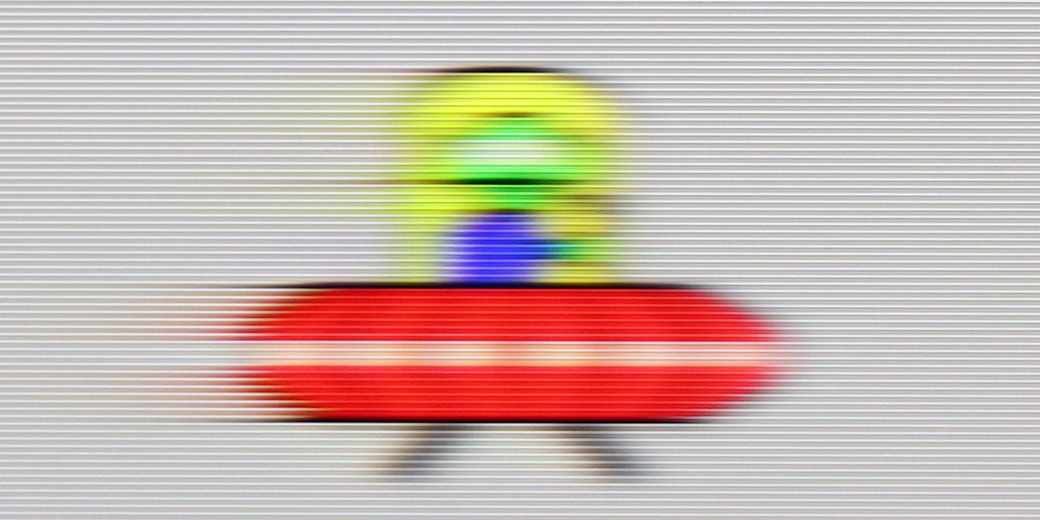
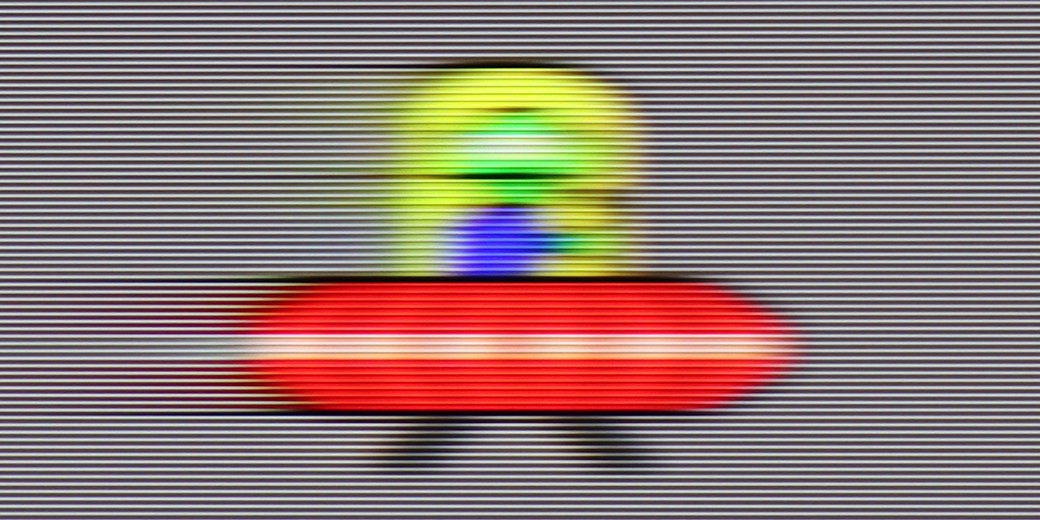
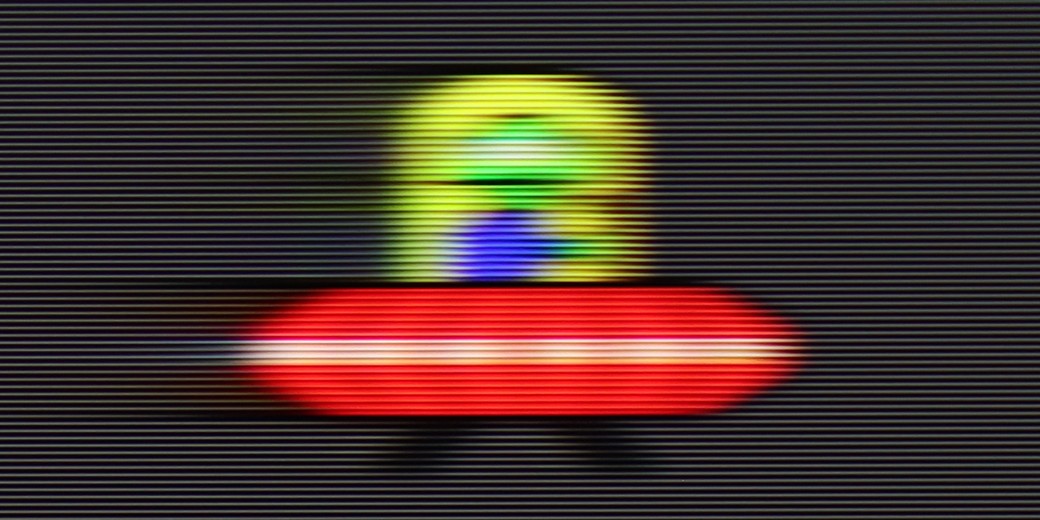
Blur (BFI function enabled):





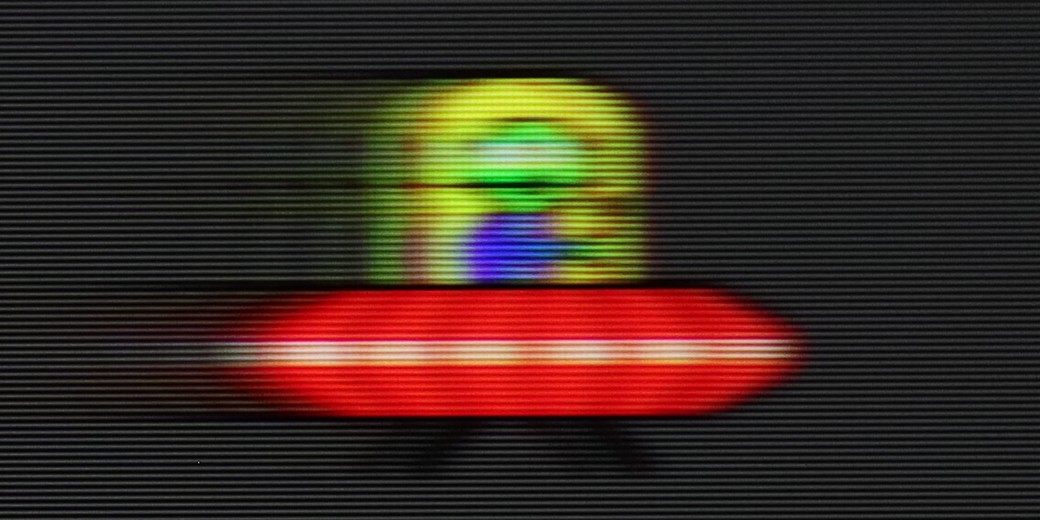
Smużenie ():
Smużenie (4K 120Hz):
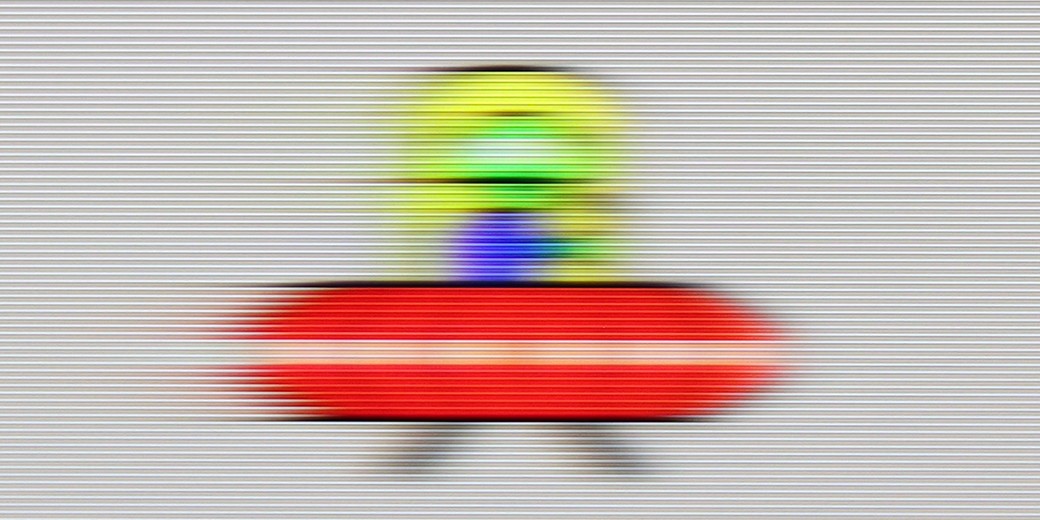
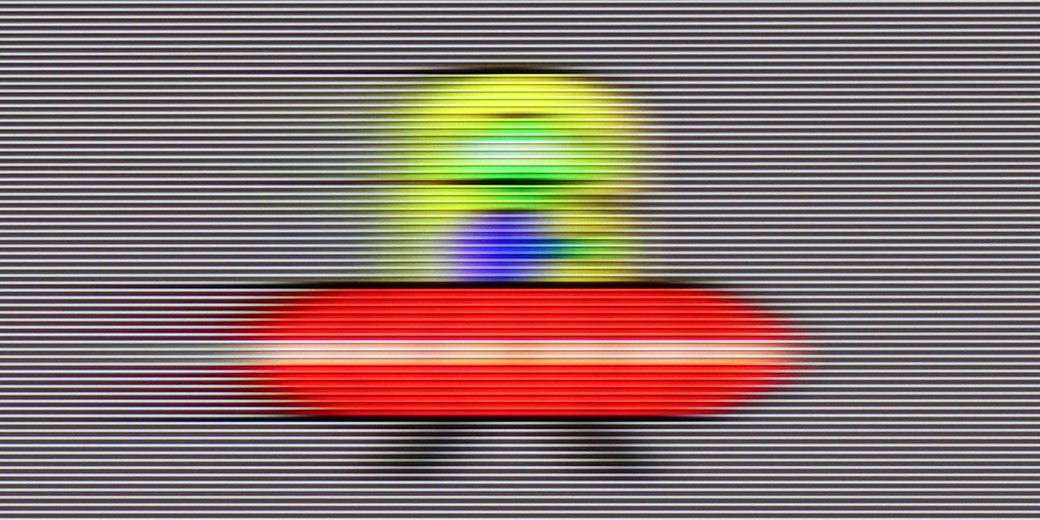
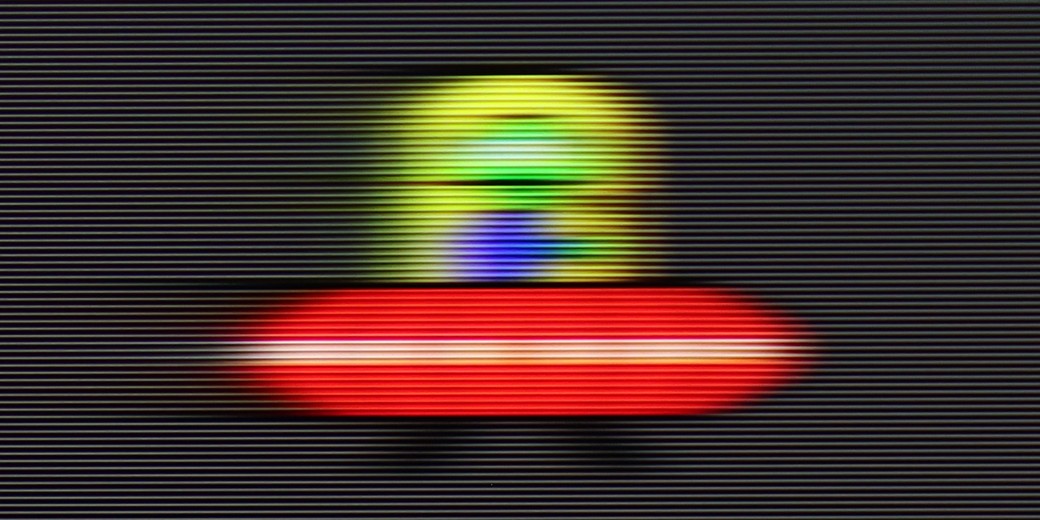
The Sony X85L, equipped with a 120 Hz panel, will meet the expectations of a wide range of users – from sports and gaming fans to movie buffs. Movie enthusiasts will surely appreciate the presence of one of the best motion smoothing systems, Motionflow. This system offers adjustment via smoothness and clarity sliders – smoothness is responsible for motion fluidity, eliminating stutter, while clarity enhances the sharpness of fast scenes, reducing blur.
Like the U7Q, the E8Q model is a fast television designed for dynamic content. It supports 144 Hz refresh rates in 4K resolution, and if for some reason someone is still gaming in Full HD, it can achieve even 240 Hz. This is a significant advantage, especially for PC users looking for maximum fluidity. In everyday use, the television performs very well. The "Ultra Motion Smoothness" mode provides us with two sliders, allowing for personalized image settings – whether it’s more cinematic with preserved film frames or heavily smoothed, almost "series-like." It’s good that the manufacturer gives a choice here instead of imposing one style. On sports materials, live broadcasts, or in games – motion appears clean and stable. Sure, it’s not at the level of OLEDs, but for this price range, the E8Q performs really well.
Console compatibility and gaming features
7.8/10
8.5/10
- ALLM
- VRR
- VRR range48 - 120Hz48 - 240Hz
- Dolby Vision Game Mode
Yes, high input lag
- Correct implementation of HGIG
- 1080p@120Hz
- 1440p@120Hz
- 4K@120Hz
- Game bar



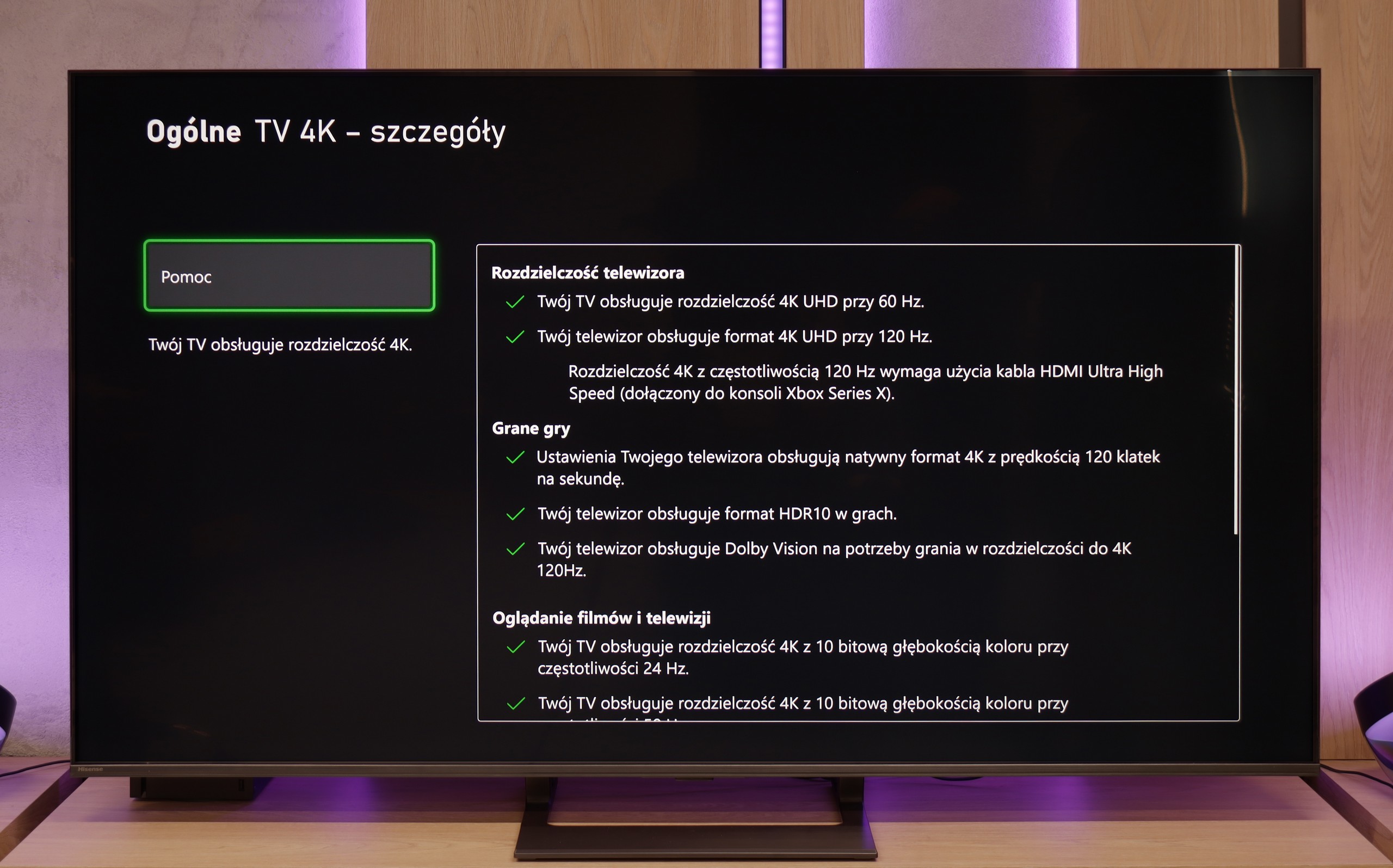

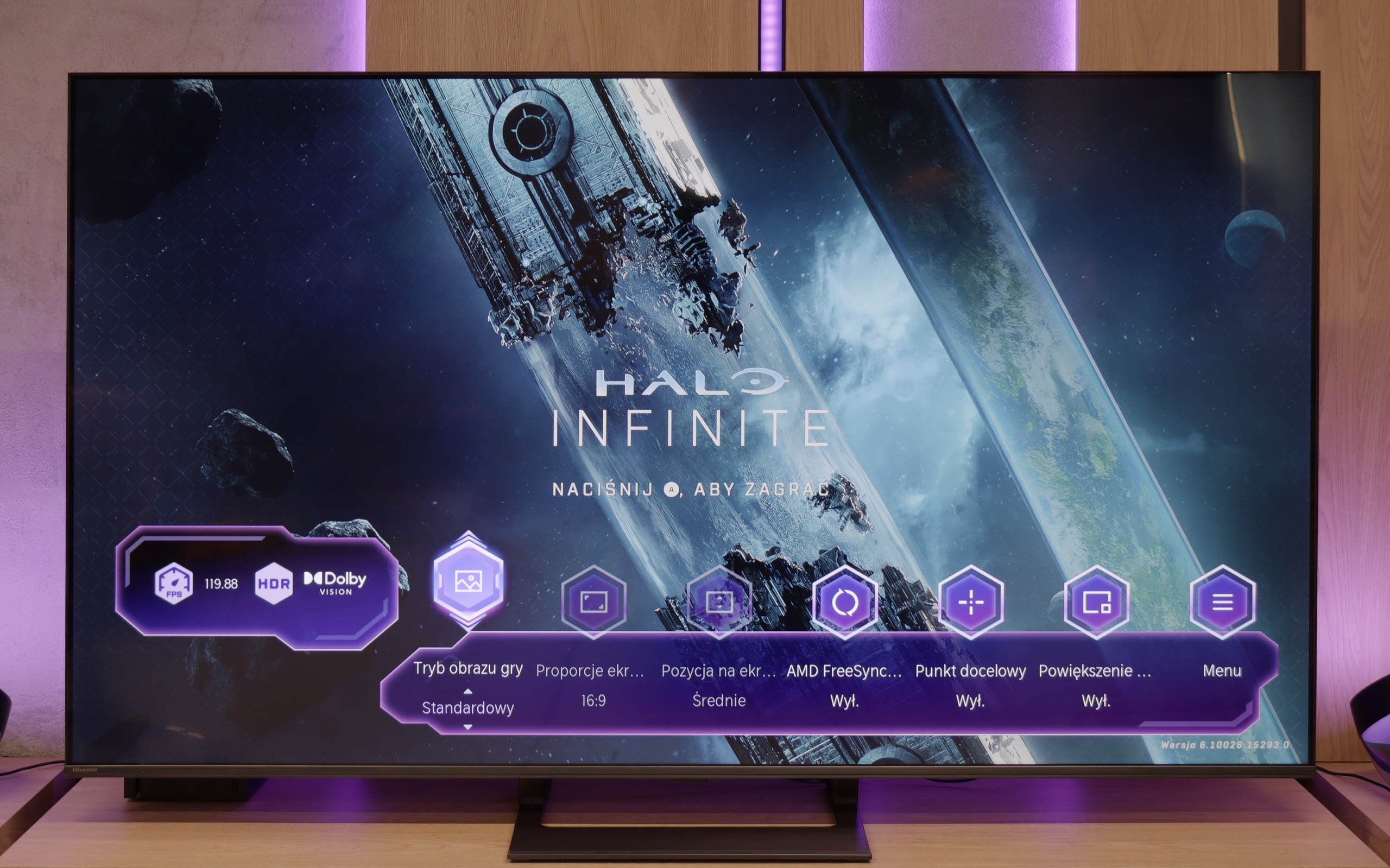


Sony X85L offers quite a solid set of features for gamers, making it an attractive choice for gaming enthusiasts. First and foremost, the TV has a 120 Hz panel, translating to smooth and dynamic image display, ideal for both fast-paced action games and more demanding sports titles. It is equipped with two HDMI 2.1 ports with full bandwidth of 48 Gb/s, allowing for the full utilization of next-gen console capabilities. Additionally, the Sony X85L supports VRR (Variable Refresh Rate) technology, which helps reduce stuttering and artifacts during gameplay, providing a fluid experience. The TV also supports G-Sync, which is particularly beneficial for gamers using NVIDIA graphics cards, allowing for screen refresh rate synchronization with GPU performance, eliminating the tearing effect. It is worth mentioning the Game Bar feature, which facilitates quick access to essential gaming-related settings such as VRR, brightness levels, and display modes, making it convenient and useful during gameplay.
However, there are certain limitations. The TV does not support HGiG, which may be a downside for some gamers, as HGiG optimizes HDR effect rendering in games, providing a more authentic visual experience. Additionally, while Dolby Vision mode is available, it is not practical for gaming due to very high input lag.
The Hisense E8Q does not hide its gaming pedigree. The specification alone reveals that we are dealing with a television that will work great as a gaming screen. Variable Refresh Rate (VRR)? Yes. Automatic low latency mode (ALLM)? It's there too. Additionally, there is impressive refreshment – 120 Hz in 4K or even 240 Hz in Full HD. Such a set is rare in this price segment. Everything works smoothly and without major surprises. The only missing element – like in the U7Q – remains support for HGiG. It's a pity, because this feature makes it easier to match the brightness curve to the capabilities of a particular television, improving visual consistency with the intentions of HDR game creators. Without it, one has to manually tweak the settings, which does not always yield a satisfying result.
Input lag
9.1/10
9.7/10
SDR
HDR
Dolby Vision
In general, the input lag on the Sony X85L is very good, which is crucial for smooth gameplay and quick reactions in games. In standard modes, especially when using HDMI 2.1 and playing in 4K resolution at 120 Hz, the input lag is minimal.
Unfortunately, the Dolby Vision mode is an exception to this rule. In this case, the input lag reaches as much as 95 ms. Such a high level of latency makes the Dolby Vision mode practically unplayable, as reactions to commands are noticeably delayed.
The E8Q handles delays very well. For 120 Hz content, the input lag is super low – practically unnoticeable even for more demanding gamers. At 60 Hz, the values are a bit higher, but still comfortably within the "placebo" range – there's nothing to complain about. The biggest increase in lag was noted in Dolby Vision Gaming mode. The TV needs more time to process the signal in this mode, but even then, it does not exceed 30 ms. While these may not be perfect values, they won't pose any obstacles for most gamers – especially console gamers.
Compatibility with PC
5.6/10
8.6/10


The cooperation of the Sony X85L television with a PC is a bit of a balance between image quality and user comfort. If we want to use the television for work, where clear text is important, we need to set the refresh rate to 60 Hz. In this mode, text looks good and does not strain the eyes, which is crucial if we plan to spend a long time in front of the screen.
On the other hand, if the television is to be used for gaming, where we can take full advantage of its capabilities at 120 Hz, we must take into account that the readability of fonts decreases significantly. The image becomes less sharp and the text harder to read, which can be frustrating. In short – the Sony X85L will work well for occasional connection to a computer, but if we need it daily for work and gaming, this compromise may not be to everyone's liking.
In terms of collaboration with the computer, the E8Q performs really well. It supports chroma 4:4:4 at full 4K resolution and at the highest refresh rate, so the readability of fonts – even the smallest ones – is at a very good level. There are minor blurriness issues with exceptionally thin fonts, but in everyday use, this is hard to consider a serious problem. A nice addition for PC gamers is the ability to achieve up to 288 Hz at lower resolutions. The E8Q communicates effortlessly with powerful graphics cards, making it an interesting choice not only for movies or consoles but also for gaming on a computer.
Viewing angles
3/10
3/10
The viewing angles on the Sony X85L, as is typical with VA panels, are not the best. The image looks great when viewed straight on, but just shifting to the side reveals that colors lose their intensity and contrast noticeably weakens. This can be a problem if the TV is intended for watching with a larger group, where viewers are seated at different angles. For those who usually watch solo or from one central spot, this won't be a big downside, but when viewing from the side, the picture quality unfortunately decreases.
E8Q, like most TVs with a VA panel, looks best when we sit directly in front of the screen. In this position, one can count on deep blacks, good color saturation, and high contrast. Unfortunately, just moving slightly to the side causes the picture quality to suffer – colors start to fade, and blacks become more gray than black. This isn't surprising, but it's worth keeping in mind, especially if we plan to watch in a larger group from different positions in the living room. As a consolation – in return, we get significantly better black levels than with IPS panels.
TV efficiency during daytime
6.5/10
6.2/10




Matrix brightness
Average luminance SDR
Hisense E8Q: 504 cd/m2
Sony X85L: 571 cd/m2
The performance of the Sony X85L TV during the day is quite decent. Its satin screen coating handles light reflection moderately well, meaning that in bright rooms, there may be reflections, but they are not bothersome enough to significantly interfere. The brightness in SDR mode at 570 nits is sufficient for comfortable TV watching during the day, even with natural light coming through the windows. This ensures that colors remain vivid and the image is clearly visible, making the TV effective for everyday use.
The Hisense E8Q is not afraid of bright interiors. Even when the full sun is shining outside, the television can maintain good image clarity. A brightness level of around 500 nits ensures that you can comfortably watch content during the day, without feeling that everything is drowning in glare. The satin screen coating also helps to pleasantly reduce reflections – it doesn't eliminate them completely, but limits them enough that they don't interfere with everyday viewing.
Details about the matrix
Subpixel Structure:

Panel uniformity:

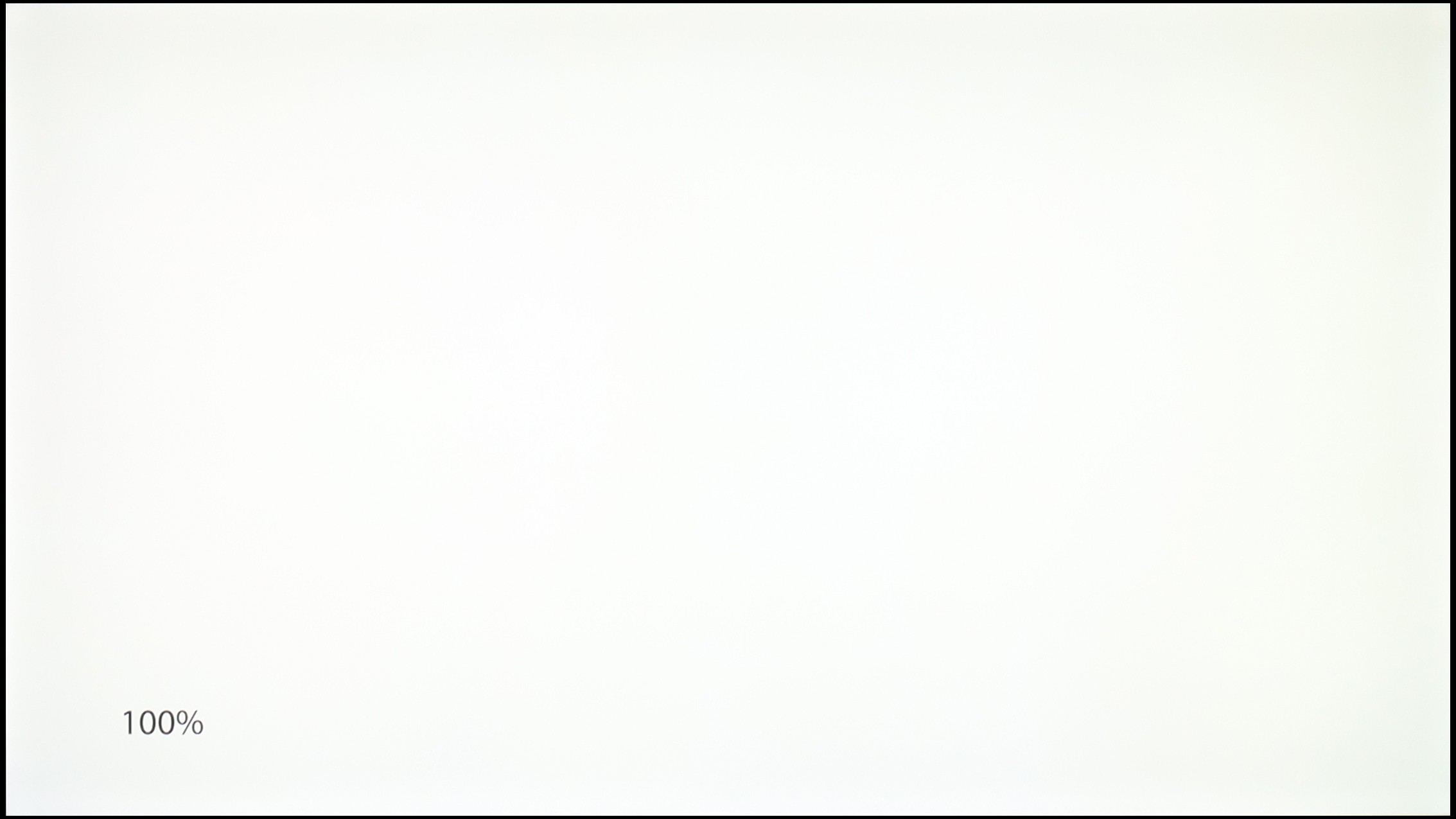
TV features
7.8/10
8.9/10
- HDMI inputs2 x HDMI 2.0, 2 x HDMI 2.1 48Gbps2 x HDMI 2.0, 2 x HDMI 2.1 48Gbps
- Other inputsRCA (Chinch)RCA (Chinch)
- OutputsToslink (Optical audio), eARC (HDMI), ARC (HDMI)Toslink (Optical audio), eARC (HDMI), ARC (HDMI), Mini-Jack (Headphones)
- Network InterfacesWi-Fi 2.4GHz, Wi-Fi 5GHz, Ethernet (LAN) 100MbpsWi-Fi 2.4GHz, Wi-Fi 5GHz, Ethernet (LAN) 100Mbps
- TV receptionDVB-T, DVB-T2, DVB-S, DVB-S2, DVB-CDVB-T, DVB-T2, DVB-S, DVB-S2, DVB-C
Classic features:
- Recording to USB (terrestrial TV)
- Recording programming
- Picture in Picture (PiP)
- RF remote control (no need to aim at the screen)
- Backlit remote control
- Teletext
- Audio only mode
- Possibility to connect Bluetooth headphones to the TV
- Possibility to simultaneously use Bluetooth headphones and the TV speaker
Smart features:
- AirPlay
- Screen mirroring (Windows Miracast)
- Wyszukiwanie głosowe
- Voice search in native language
- Ability to connect a keyboard and mouse


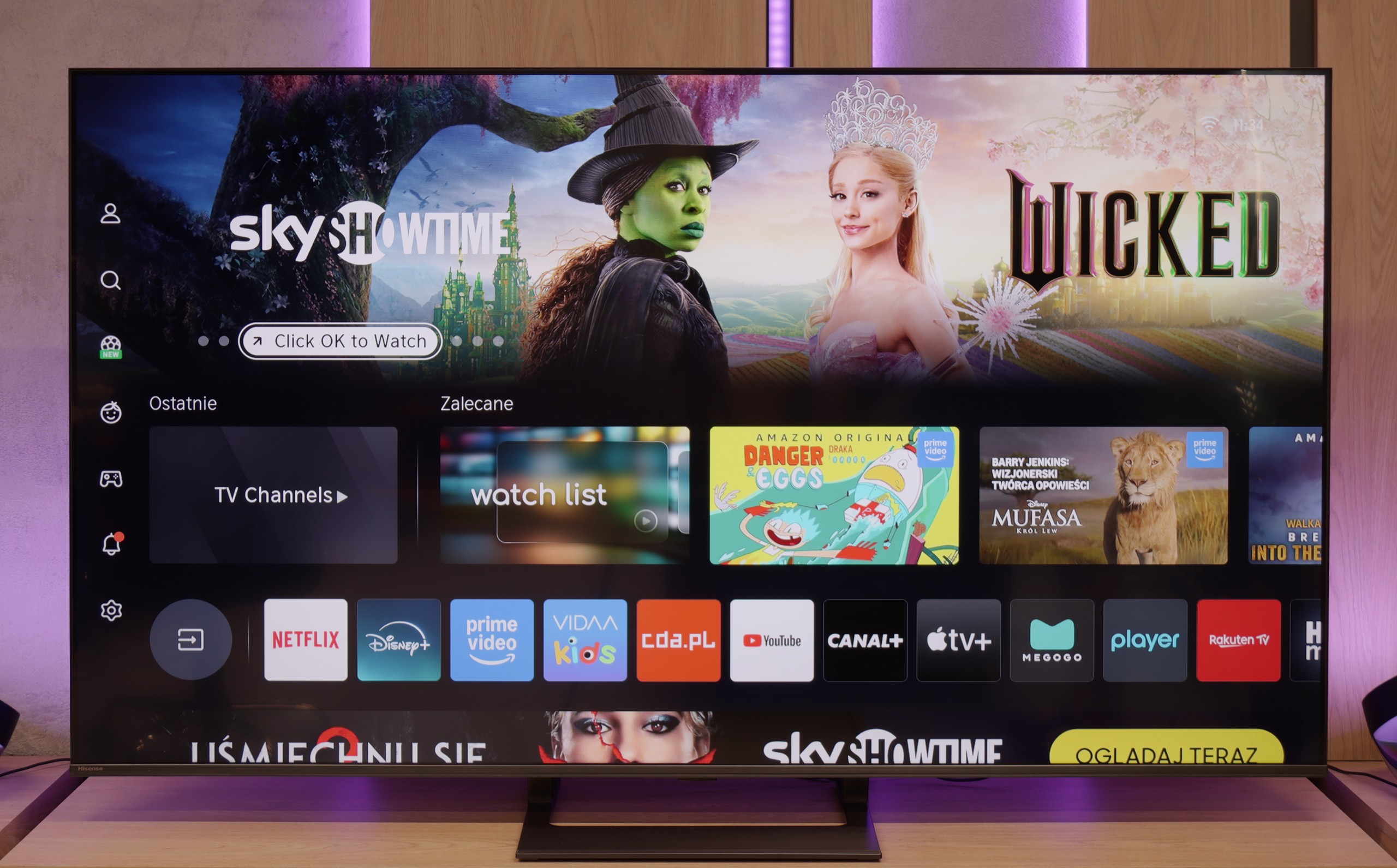
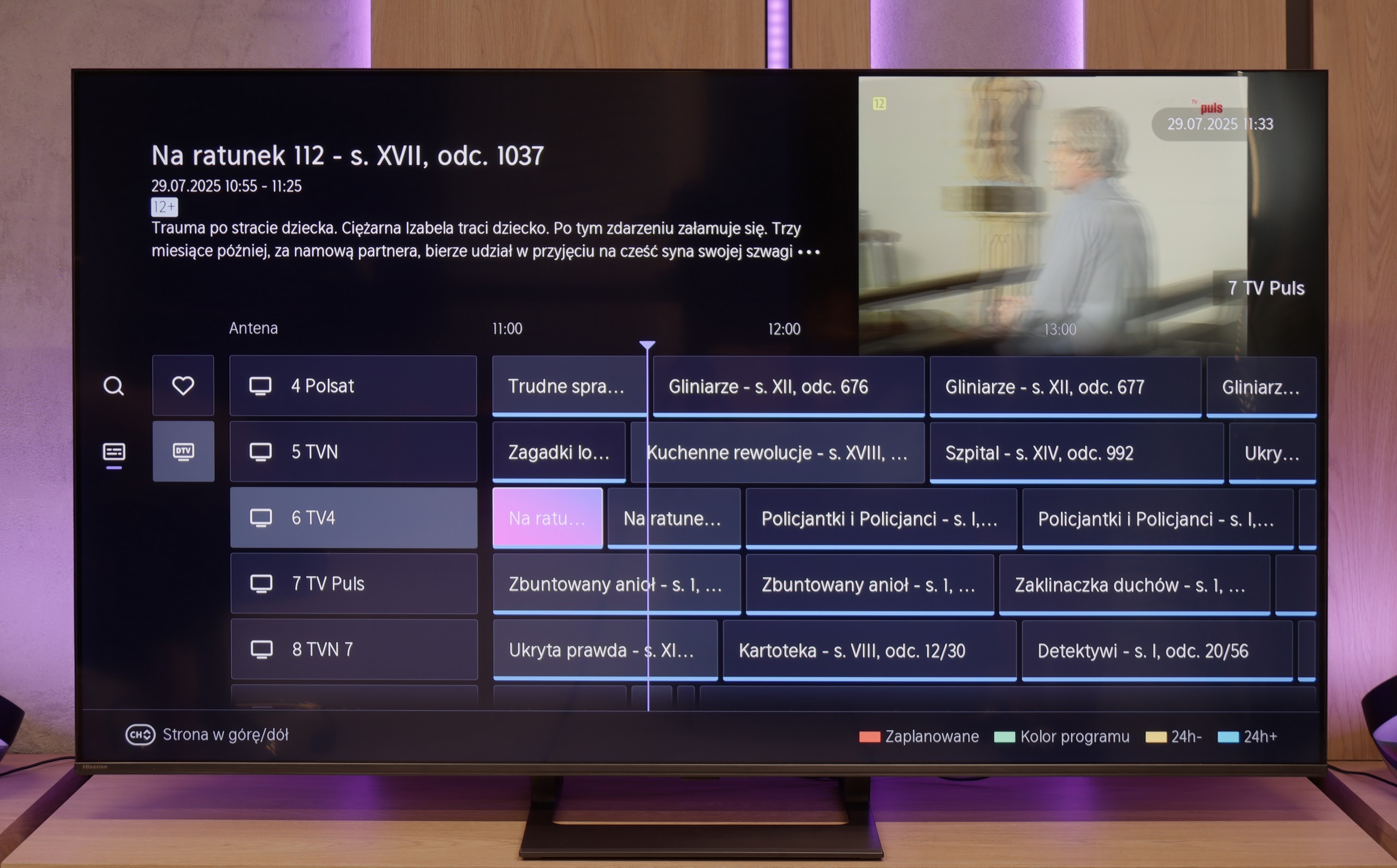


The Sony X85L operates on the Google TV system, which is a significant advantage for many users. The television offers wide access to applications, and using streaming platforms is smooth and user-friendly. The interface is intuitive and easy to master, allowing for quick switching between apps and searching for favorite content. Google TV allows for personalization of the home screen, enabling each user to customize it according to their preferences. Google Assistant further enhances the experience by offering voice control and quick adjustments of settings or movie searches without the need for a remote.
In terms of user functionality, the Sony X85L offers many useful options. The television has the capability to record programs, which is a significant convenience for those who want to watch their favorite content at any time. AirPlay support allows for seamless streaming of content from Apple devices, which iPhone and iPad owners will appreciate. Additionally, thanks to built-in Bluetooth, various devices such as headphones or keyboards can be connected. However, one drawback is the lack of a PiP (picture-in-picture) function, which may disappoint users who prefer multitasking on the screen.
The design of the Sony X85L television, while it may not be the thinnest, is solid and elegant. The metal base with adjustable legs is one of its strong points, allowing for height and width adjustments of the television to fit different furniture and spaces. This practical solution enhances the interior and adds a modern character to it.
Classic Features – E8Q
The Hisense E8Q is not only equipment for gamers or movie enthusiasts – it can also serve as a daily television for the entire family. We can record programs to USB, connect headphones or speakers via Bluetooth, and the entire interface – including the channel guide – is clear and easy to use. It only lacks the PiP function, but aside from that, the set of classic features is truly complete.
Smart TV – VIDAA System
The E8Q runs on the VIDAA system, which is becoming more refined year by year. Voice search in Polish works flawlessly, and it's easy to cast from your phone (AirPlay and screen mirroring). The system operates smoothly, without any hiccups, although – as is often the case with closed platforms – there may occasionally be one or two less popular apps missing. Therefore, it’s worth checking before purchase to see if everything we use daily is available there.
Playing files from USB
8.7/10
8.2/10
Supported photo formats:
Maximum photo resolution:

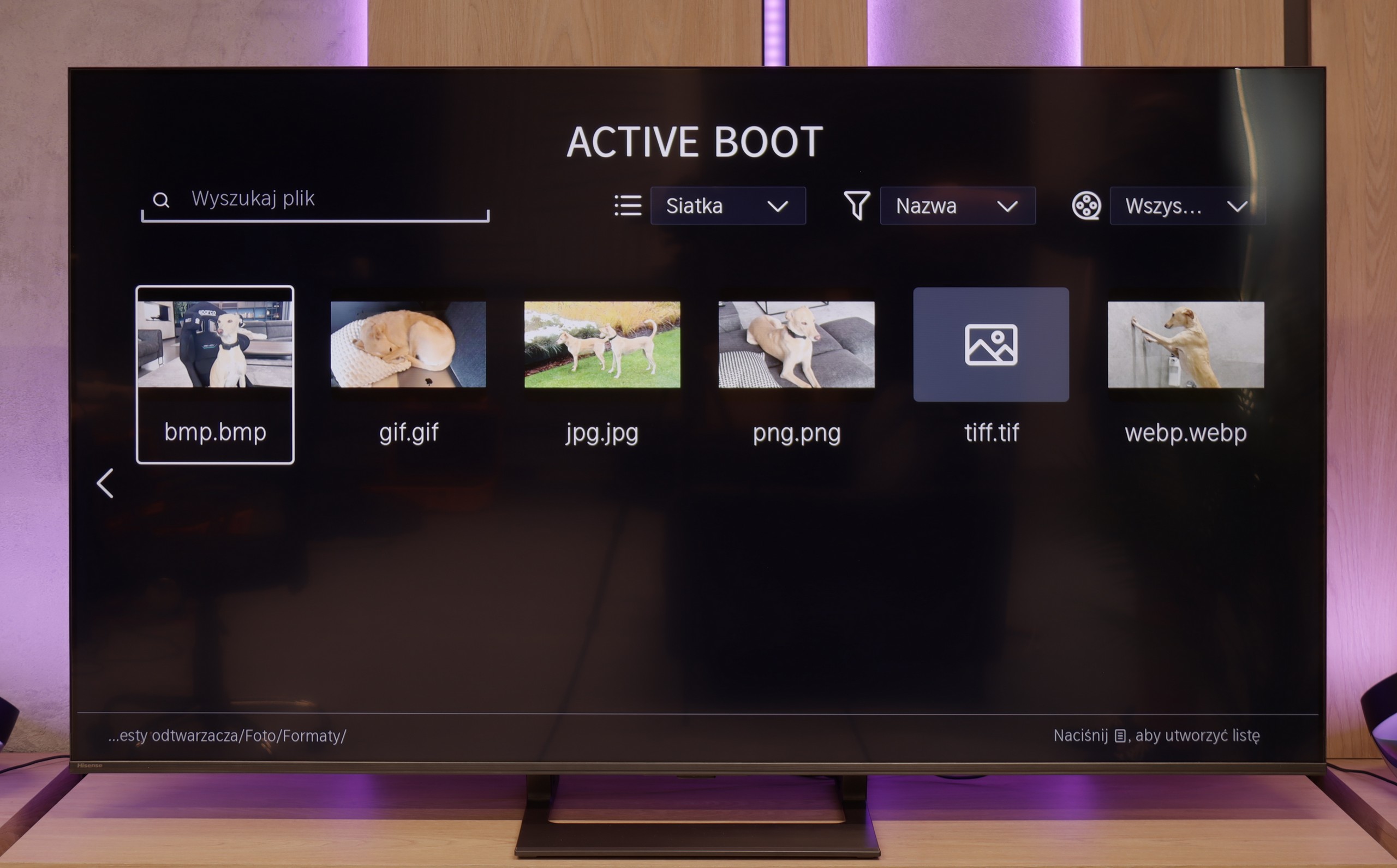
Sony X85L has no problem playing most popular file formats from USB, which is a big plus for those who often reach for external content. However, it is worth mentioning a small downside – the built-in player does not allow changing the font color in subtitles, which can be bothersome for some. Fortunately, thanks to the advanced Google TV system, users have a wide range of options. It is easy to install alternative media players that offer more customization options.
The built-in media player in E8Q performs quite well. It supports most popular video and audio formats, and files from USB drives or external disks play without major issues. Polish characters? They are supported. Subtitles? They work. The only minor drawback is the occasional problem with displaying high-resolution images – especially those from cameras or smartphones. So if you plan to show vacation photos on a large screen, it’s worth checking in advance whether they will all load correctly from the drive’s memory or USB stick.
Apps
9.6/10
7.7/10














































Sound
6.9/10
5.5/10
- Subjective sound quality:6.9/105.5/10
- Dolby Digital Plus 7.1:
- Dolby True HD 7.1:
- Dolby Atmos in Dolby Digital Plus (JOC):
- Dolby Atmos in Dolby True HD:
- DTS:X in DTS-HD MA:
- DTS-HD Master Audio:
The sound on the Sony X85L is good – it is clear across the entire scale, allowing you to enjoy both dialogues and music. The bass, although light, is perceptible and adds some depth to the overall sound. However, it should be emphasized that this is a subjective assessment – some will be satisfied with such a sound profile, while others may need additional audio equipment to fully feel the stronger tones and more spacious sound.
Unfortunately, the Hisense E8Q did not leave the best impression on us. Although on paper it has speakers with a power of 40 W (which is only slightly less than the 50 W in the U7Q), in practice, the difference is significant—and unfortunately not in favor of the E8Q. During testing, it quickly became apparent that something was off. When the volume was raised above 40-50%, the entire back housing began to resonate, and unpleasant crackling sounds emerged from the television. Even during regular viewing, it was hard not to notice this, and definitely hard not to hear it. In this form, it is difficult to talk about listening comfort. We do not rule out that this was a problem with a specific test unit, but nonetheless—it is worth keeping this in mind. If good sound is important to you, consider connecting a soundbar or… stick with the U7Q, which performs significantly better.


